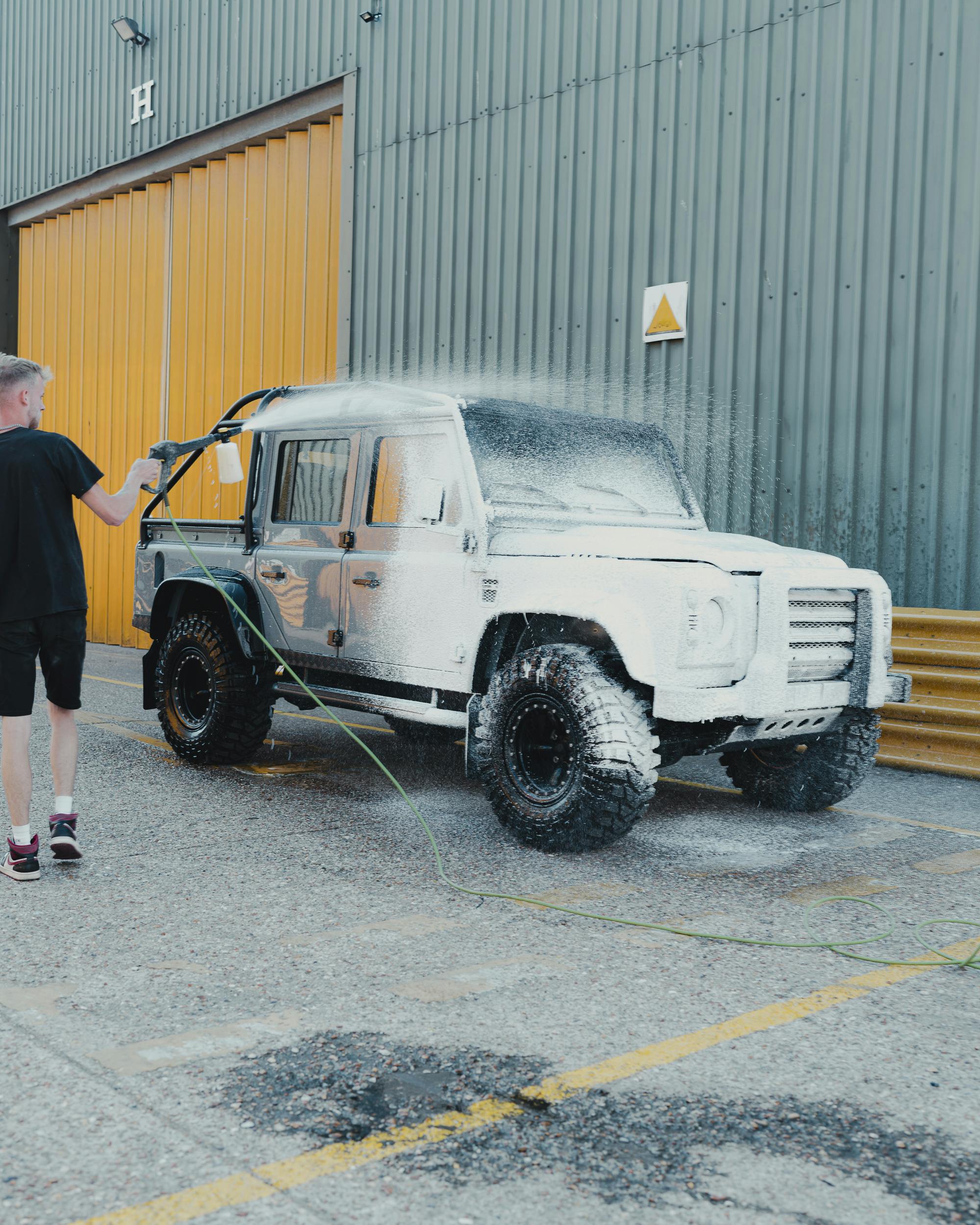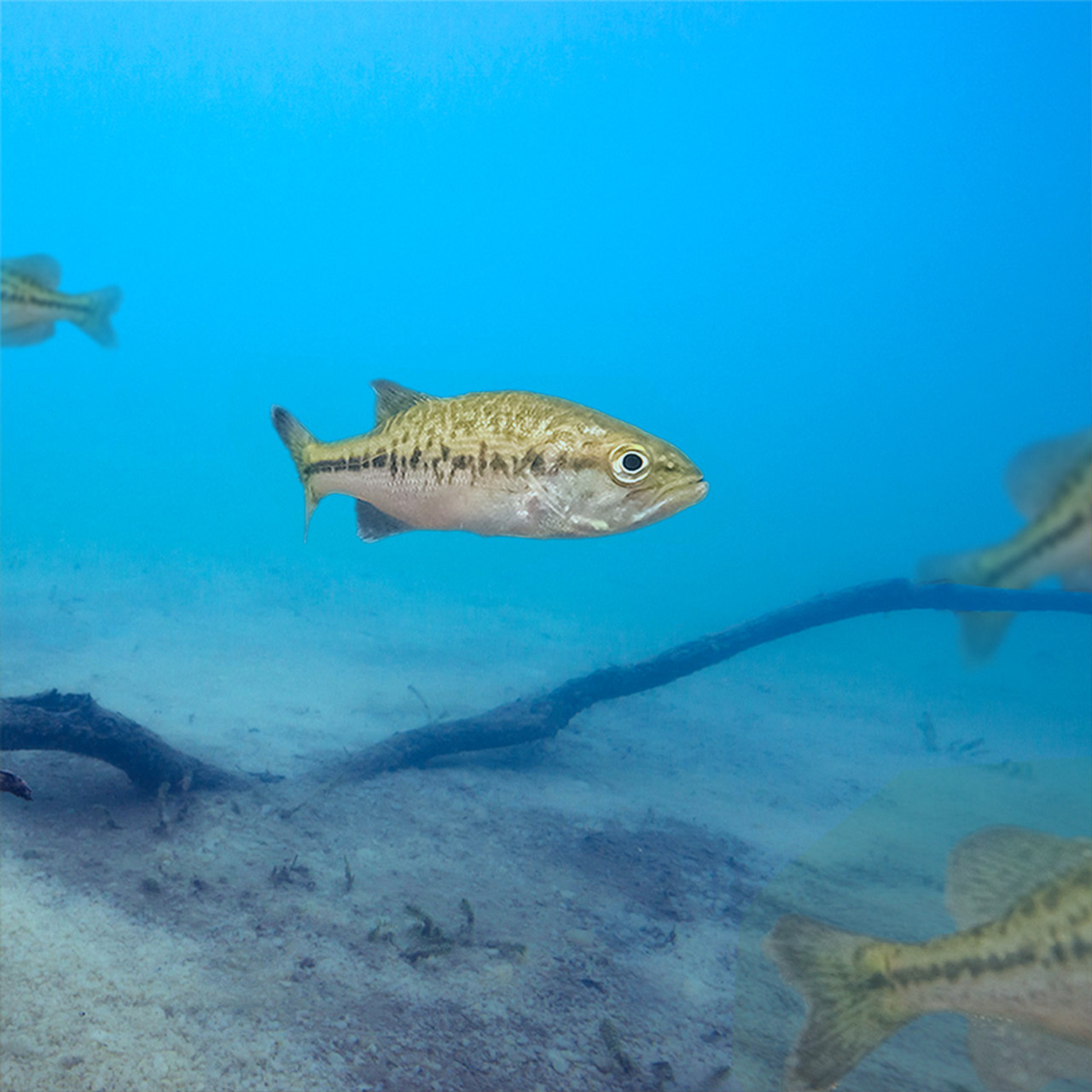Apply Now
Essential Guide to Blue Wag Platy: Explore 2025 Upgrades
The blue wag platy is a vibrant and colorful addition to any freshwater aquarium, making it a favorite among fish enthusiasts and families alike. These tropical fish are not only visually appealing with their stunning blue coloration and lively patterns, but they are also known for their hardy nature and ease of care. Perfect for both beginner and expert aquarists, blue wag platies provide a dynamic visual experience as well as a lively community environment with their engaging behaviors.
With the aquarium hobby constantly evolving, understanding how to properly care for platies, particularly the sought-after blue wag variant, is essential. From choosing the right tank setup and selecting compatible tank mates to managing water quality and feeding habits, there are numerous factors to consider in creating a thriving ecosystem for these fish. The content of this guide will explore the best practices in platy care, insights into their breeding behaviors, and the latest recommendations for tank setup modifications for 2025.
By understanding the needs of your blue wag platies and leveraging the most recent advancements in aquarium technology and best practices, you can create a beautiful aquatic environment that not only enhances the lives of your fish but also fosters an enriched experience for you as an aquarium keeper.
Understanding the Blue Wag Platy
The blue wag platy, scientifically classified as a member of the *Xiphophorus maculatus* family, is distinctly recognized for its unique coloration and lively personality. These tropical fish are identified by their bright blue bodies adorned with striking black or dark blue tail patterns, also known as 'wags,' specifically tailored for aquascaping enthusiasts.
Platies are renowned for their peaceful demeanor and adaptability, making them ideal for community tanks. As livebearers, they give birth to live young rather than laying eggs, a fascinating behavioral trait that helps beginners easily manage breeding. With proper care, blue wag platies can grow to a size of 2-3 inches, making them manageable in any moderately sized aquarium.
Characteristics of Blue Wag Platies
Blue wag platies exhibit several essential characteristics that every aquarist should be aware of. First and foremost, these fish are recognized for their sociable behavior and thrive in groups, showcasing a schooling behavior that can be quite entertaining. To ensure a healthy and satisfying environment, it is recommended to house a minimum of three to five platies together.
Additionally, platies boast a variety of vibrant color patterns. The blue wag variant is just one of many color variations produced through aquaculture efforts. Understanding the genetics behind these colors can give deeper insights into breeding and care choice. Factors such as water quality, feeding practices, and tank conditions play crucial roles in determining the aesthetic vibrancy of your blue wag platy.
Best Tank Setup for Blue Wag Platies
Creating an optimal tank environment is essential for the successful care of blue wag platies. A tank size of at least 20 gallons is recommended, providing ample space for swimming and socializing without overcrowding. When setting up your aquarium, consider using a fine substrate that mimics their natural habitat and includes hiding spots created from rocks, driftwood, and aquarium plants.
The choice of aquatic plants is also crucial. Platies thrive well with live plants, which not only enhance the aesthetic appeal of your tank but also help in maintaining water quality by absorbing harmful toxins. Some preferred plant species include Java fern, Anubias, and hornwort, as these can tolerate varying water conditions while providing safe habitats for your fish.
Furthermore, a good tank filtration system is vital to ensure clean, clear water conditions. Regular water changes, ideally every two weeks, are also necessary to maintain the health of the blue wag platies, preventing potential waterborne diseases.
Feeding Practices for Blue Wag Platies
The feeding habits of blue wag platies play a significant role in their health and well-being. These fish are omnivorous and thrive on a varied diet consisting of high-quality fish flakes, pellets, and frozen or live foods. Incorporating a mix of these food types ensures they receive all essential nutrients necessary for their growth.
It’s vital to keep a consistent feeding schedule, generally feeding your platies once or twice a day. Be cautious of overfeeding, as this can lead to water quality issues and health problems within the school. Monitor the platies' response to the feeding process and adjust the quantities to ensure waste management is manageable.
For specialized care, consider providing occasional treats such as blanched vegetables like zucchini or peas, which offer fiber and can be beneficial in preventing common health issues faced by platies.
Breeding Blue Wag Platies
Breeding blue wag platies offers an exciting venture into the fishkeeping hobby. Being livebearers, breeding platies is relatively straightforward. To encourage breeding, ensure that your tank is at optimal water conditions—pH levels of 7.0 to 8.0 and a temperature range between 70°F and 80°F are ideal.
To identify gender differences in platies, males are generally smaller with more vibrant colors and distinctive fin shapes compared to females, who are larger and have a more rounded abdomen. It's advisable to keep a ratio of two or more females for each male to reduce stress among the females.
Once the pair is ready to breed, a carefully designed breeding box can be beneficial for protecting the fry from being eaten by adult fish. After a gestation period of approximately 28 days, the female will give birth to live young, which can be fed infusoria or finely crushed flake foods initially.
Compatibility of Blue Wag Platies with Other Fish
When selecting tank mates for your blue wag platies, it is essential to choose species that share similar temperaments and body sizes to avoid conflicts. Generally, platies are known for their peaceful nature and can coexist with a variety of other freshwater species.
Guppies are often considered one of the best tank mates for platies, as they share similar care requirements and are equally friendly. Other compatible species include mollies, swordtails, and certain tetras. However, it is advisable to avoid larger, aggressive fish breeds that may stress or harm your platies.
Additionally, think about the overall population size in your aquarium, adhering to the guideline of one inch of fish per gallon of water to maintain a healthy balance and prevent overcrowding which can lead to significant health and stress issues.
Common Health Issues in Blue Wag Platies
Despite their hardiness, blue wag platies are still susceptible to several health issues. Keeping a close eye on your fish can help prevent the occurrence of these problems. Some common issues include white spot disease (ich), fin rot, and swim bladder disorders.
To prevent these conditions, it is essential to establish a good tank maintenance routine that includes regular water changes, timely feeding practices, and monitoring water conditions. If symptoms emerge, appropriate treatments, such as medicated food or water treatments, can be introduced promptly to reduce the risk of severe outbreaks.
Furthermore, understanding the behavioral patterns of your platies will enable you to identify stress or illness in a timely fashion. Maintaining a low-stress environment with appropriate water quality and compatible tank mates will significantly enhance the lifespan of your blue wag platies, which can reach up to three years with proper care.


Conclusion: Long-Term Care for Blue Wag Platies
In summary, caring for blue wag platies can be a fulfilling venture for both novice and experienced aquarists. By creating a suitable tank environment, practicing responsible feeding routines, and ensuring ideal water conditions, these colorful fish can thrive and showcase their vibrant personalities.
As aquarium technology continues to evolve, keeping up with best practices and enhancements will ensure your aquatic ecosystem remains healthy and dynamic. Whether you are breeding platies or creating a colorful community tank, the journey of caring for blue wag platies will undoubtedly add excitement and life to your freshwater aquarium.


